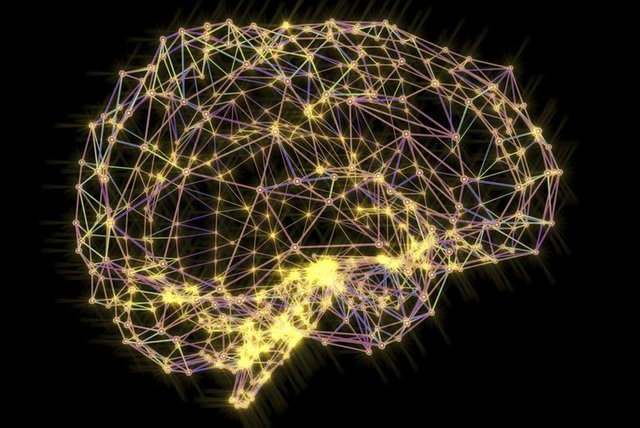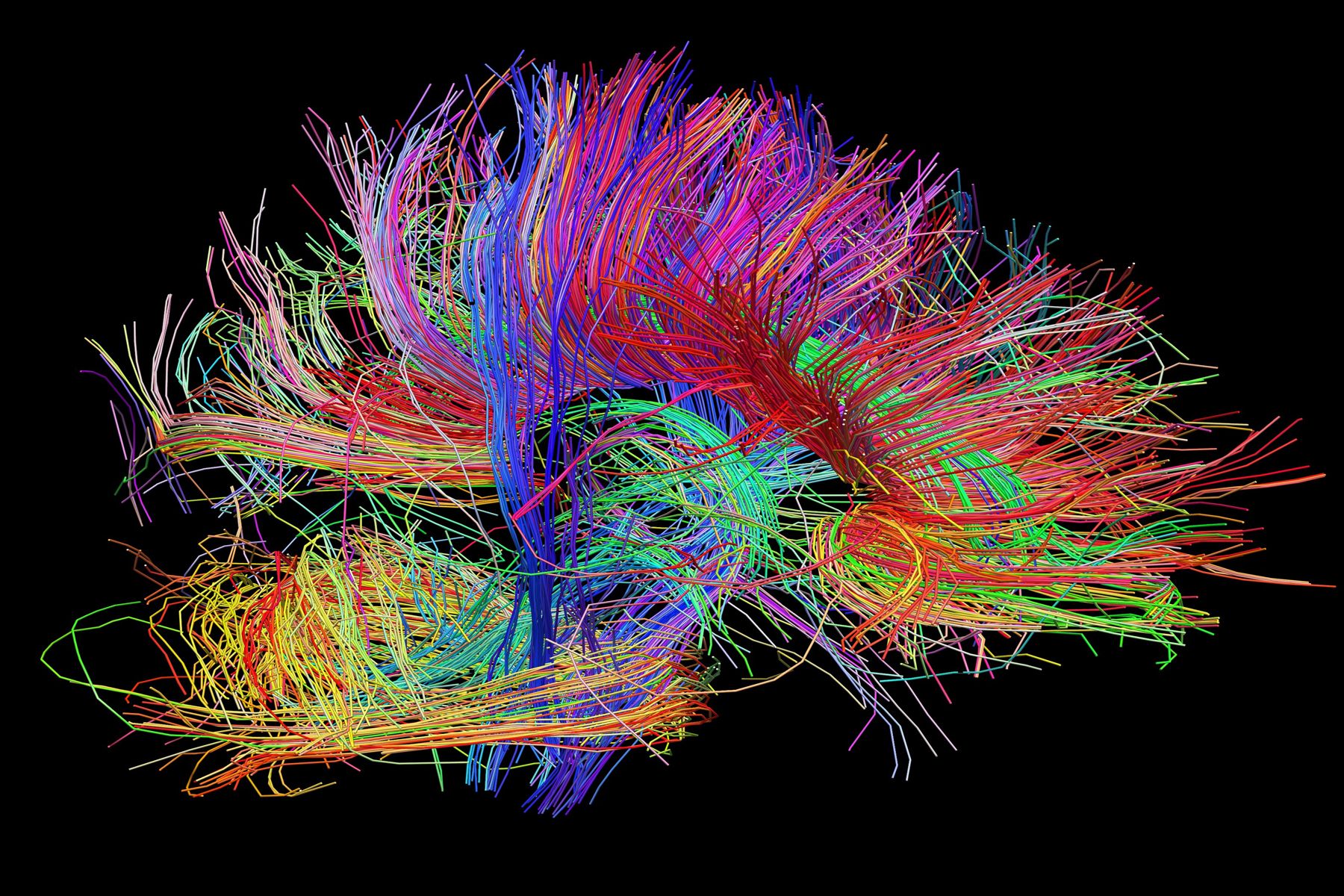Large-scale functional brain organization
Large scale functional brain organization

Characterizing large scale functional brain organization
With the emergence of neuroimaging techniques, it became obvious that the human brain, and all brains for that instance, have inter-subject variability!
The focus of brain mapping has shifted towards a systematic understanding of large-scale functional organization and its influence on cognitive and affective information processing.
The human brain is a complex patchwork of interconnected regions. Therefore, network approaches seem to be very powerful.
The functions of individual cortical and subcortical areas are determined by their intrinsic properties and their extrinsic connections. Every brain is unique!
Analysis of intrinsic brain architecture is leading to a deeper understanding of functional neural circuits.

Six major principles of large-scale functional organization
First, the brain has a global brain architecture.
A wide range of studies have shown that the brain has a small-world-architecture.
A Small-world architecture refers to a network in which nodes have a high degree of local clustering (many short-range connections) with few long-range connections.
Small-world networks are economical, tending to minimize wiring costs while supporting efficient processing of complex information. This simultaneously promotes high specialization and high integration within a molecular architecture.
Another important feature of a small-world architecture is the existence of “Hub’s”.
Hubs are brain areas that are central to communicating information across different brain systems within a small-world architecture.
2 Major cortical hubs of the human brain are, the posterior cingulate cortex, which facilitates the integration of information across multiple functional systems, and the Insula, which links different subnetworks.
Second, the brain has graded inter- and interhemispheric connections.
The strength of interhemispheric connections is not uniform in the brain.
Generally, the highest correlations are reported across the primary sensorimotor cortices, significantly lower correlations are seen across unimodal association areas, and still lower correlations are reported across hetero-modal association areas.
The left- and right -hemispheres differ in important ways. Each hemisphere has a different bias in its pattern of intra- (within one hemisphere) and inter -hemispheric (between hemispheres) interactions.
The left hemisphere shows a bias toward intra-hemispheric connectivity, particularly for cortical regions involved in language and motor coordination. Whereas the right hemisphere displays stronger inter-hemispheric connections, due to its high involvement in visuospatial and attentional processing.
Third, the human brain is intrinsically organized into coherent functional networks.
Many studies have shown that brain areas engaged during diverse sets of cognitive taks also form coherent large-scale brain networks.
Intrinsic connectivity networks reflect strong coupling of spontaneous fluctuations in ongoing brain activation, that is robust under different mental states, including sleep, anesthesia, and loss of consciousness.
In sum, the brain is intrinsically organized into large-scale networks, which facilitate segregation and integration of information, and impose constrains on signaling and information processing.
Fourth, at any point in time, a brain shows activated and deactivated brain systems.
If you have ever heard about the misleading fact we never use more than 10% of our brain, here is the disclosure.
Our brain uses up to 70% of the energy our whole body uses.
However, even though it uses a lot of energy relative to our complete energy use, it is not able to use all its nodes at any given moment. Rather, only a small part of our brain is active at any point in time.
But over the long run, the whole brain is necessary and utilized by any healthy human.
Fifth, the default-mode network, a system believed to be important for self-referential processing.
The default-mode-network is a recent discovery of neuroimaging techniques.
The huge fascination probably derives from the fact that its activity is inversely related to goal-directed behavior.
Thus, the network becomes active when we not engage in anything, it is activated when we rest.
It is mainly thought to be responsible for autobiographical-, self-monitoring-, value judgement-, and other self-referential -mental activities.
The key nodes of the network have been linked to episodic memory retrieval, autobiographical memory, and internal speech. And specific nodes in the medial prefrontal cortex (mPFC) have been differentially associated with self-referential and social cognitive processes, value-based decision making, and emotion regulation.
These regions and their networks seem to help in the construction of mental models of personally significant events.
Sixth, there are dissociable Fronto-Opercular-Parietal control systems.
Multiple frontal and parietal regions can be dissociated into two distinct networks.
The salience network is anchored in the Insula and anterior cingulate cortex. It is involved in detecting, integrating, and filtering relevant interoceptive, autonomic, and emotional information. Its key function is to identify the most relevant stimuli to guide behavior.
the salient network is integrally involved in attentional capture of biologically and cognitively relevant (‘salient’) events and then signaling other brain regions, for additional, more goal-directed processing.
The central executive network is critical for actively maintaining and manipulating information in the working memory. It is important for rule-based problem solving, and decisionmaking in the context of goal-directed behavior.
Dynamic interactions between these networks regulate the shifts in attention and access to cognitive resources.

I hope i could give you some value with this article and wish a wonderful day to all of you.
More important, can we use it to mine bitcoins.. :-P
much more!!!
We can create the idea of bitcoins.
True.. And we can create AI.. kinda scary and fascinating at the same time.